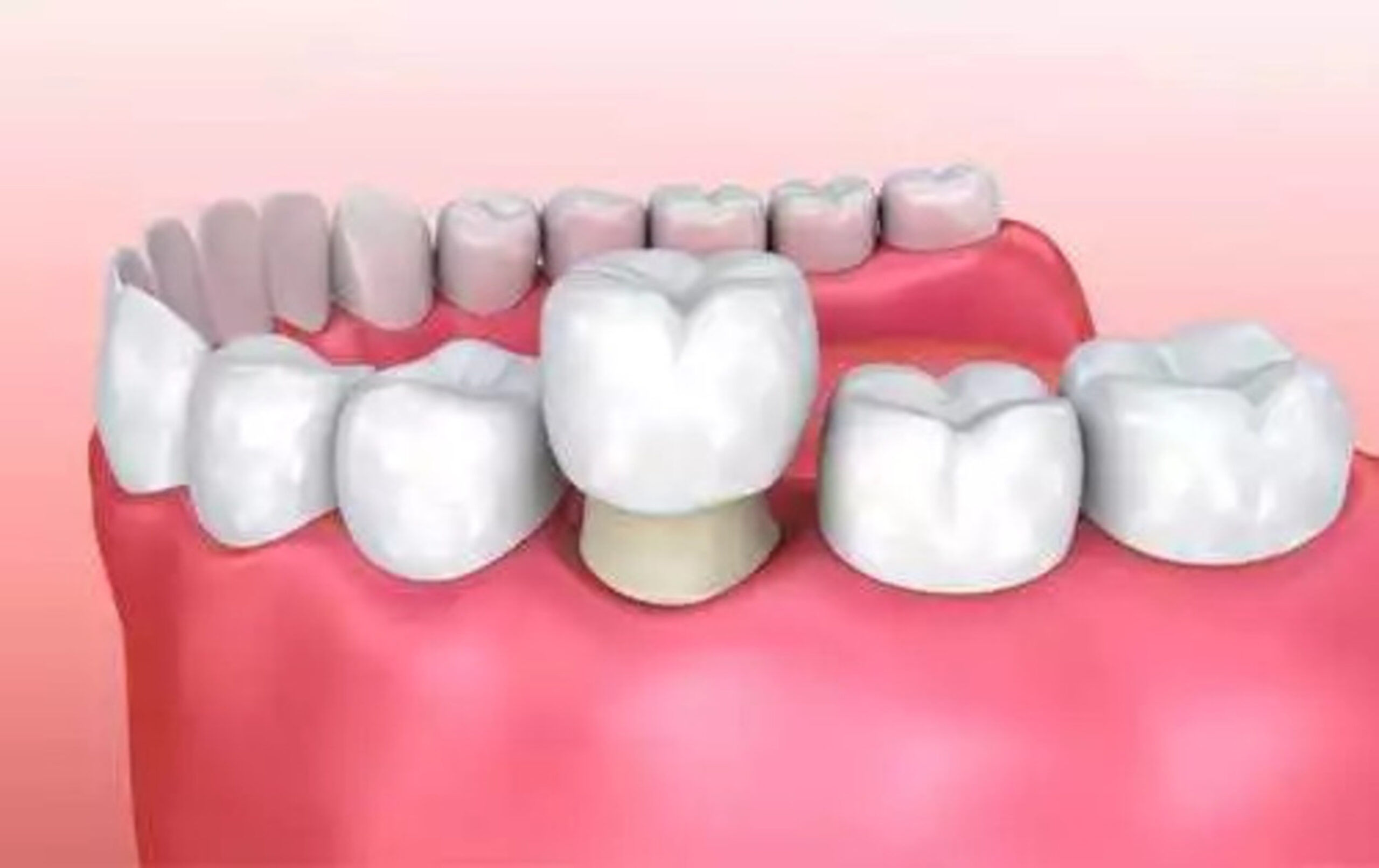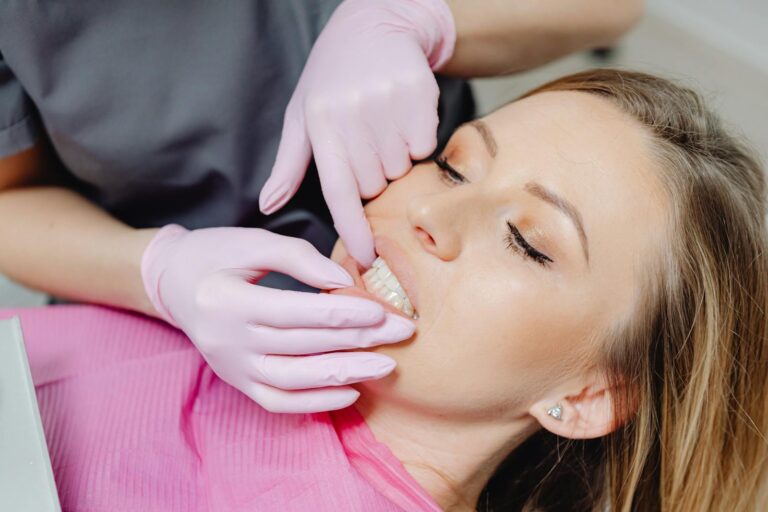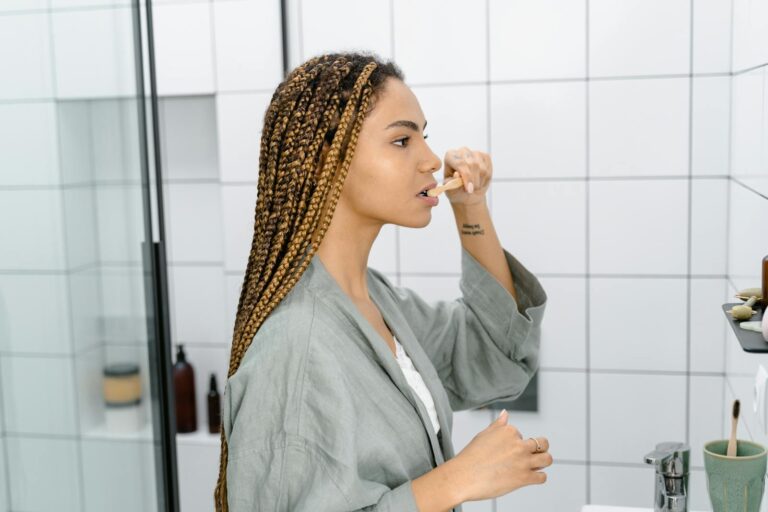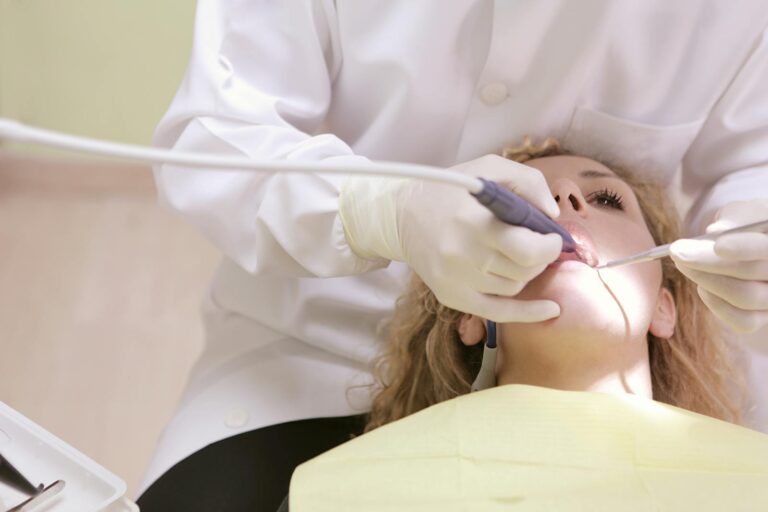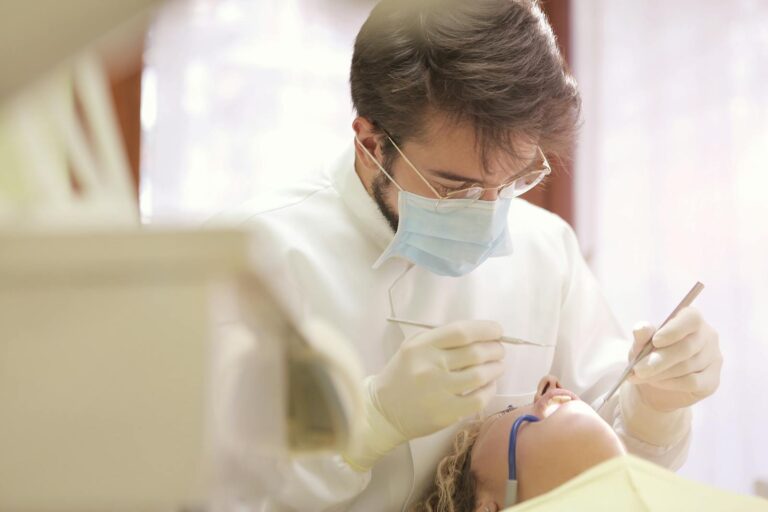Is It Normal for a Crown to Feel Loose or Sensitive? Here’s What You Need to Know
Dental crowns are supposed to feel secure and comfortable—like a natural part of your smile. But what if your crown feels a little off? Maybe it wiggles slightly when you bite or feels sensitive when you drink something cold. Should you be worried?
Let’s talk honestly about what’s normal, what’s not, and when it’s time to call your dentist.
A Loose Crown: What’s Normal and What Isn’t
A crown should not feel loose. Period. Crowns are designed to fit snugly over your natural tooth, sealed with a strong dental cement. If you’re feeling movement, even slightly, that’s a red flag. Here’s what might be going on:
- Cement breakdown: Dental cement plays a crucial role in holding your crown securely in place, but it’s not invincible. Over time, daily wear and tear—combined with exposure to saliva, food particles, and bacteria—can cause the cement to gradually erode or dissolve. This is especially likely if oral hygiene isn’t optimal, allowing bacteria to penetrate the margins of the crown. Once the cement weakens, the crown can start to shift or feel loose, making it more vulnerable to falling off or letting decay form underneath. Regular dental checkups help spot early signs of this breakdown before it becomes a bigger issue.
- Decay under the crown: Even though a crown is designed to protect a damaged tooth, it doesn’t make the tooth underneath immune to decay. Over time, if bacteria sneak in through tiny gaps along the edge of the crown—especially if the seal weakens or oral hygiene isn’t optimal—they can begin to erode the natural tooth structure beneath. This kind of hidden decay can be tricky because it often progresses silently, without any obvious symptoms until the crown starts feeling loose or uncomfortable. As the underlying tooth becomes compromised, it may shrink or lose its shape, which in turn causes the crown to lose its snug fit. That’s why regular dental checkups and good brushing and flossing habits are so essential, even around crowns.
- Bite issues or grinding: Your bite—the way your teeth come together when you chew or close your mouth—plays a big role in the longevity of a crown. If your crown is even slightly too high or out of alignment, it can bear more pressure than it should every time you bite down. Over time, that uneven force can stress the crown and weaken its bond with the tooth underneath. Similarly, chronic teeth grinding or clenching (a condition known as bruxism) puts constant pressure on both natural teeth and restorations. This grinding action can slowly loosen a crown or cause micro-movements that lead to damage in the supporting tooth structure. If you suspect your bite is off or you wake up with jaw tension or sore teeth, talk to your dentist—they may recommend bite adjustments or a night guard to protect your crown and natural teeth.
If your crown is wiggling or shifting, don’t ignore it. A loose crown is not just annoying—it’s vulnerable to falling off or letting bacteria in, which can lead to deeper damage.
Sensitivity After Getting a Crown: Is That Normal?
Mild sensitivity after getting a crown is common, especially in the first few days or weeks. Your tooth may feel tender to temperature changes or pressure, especially if:
- The tooth’s nerve is still intact and functional, which is common in crowns placed on teeth that haven’t undergone a root canal. Since the nerve remains alive, it can still react to stimuli such as hot, cold, or pressure. This sensitivity is your body’s natural way of alerting you that the tooth is adjusting to the new crown. While this reaction is usually temporary, prolonged sensitivity could indicate that the nerve is irritated or inflamed and may require follow-up care.
- The crown is slightly too high, which means it makes contact with the opposing tooth sooner than it should when you bite down. This uneven contact can cause discomfort or sensitivity because it places excessive pressure on that tooth, often triggering a reaction from the nerve inside. You may feel this as soreness when chewing or notice that your bite feels ‘off.’ If left unadjusted, it can also lead to jaw pain or wear on the opposing tooth. A quick bite adjustment at the dental office can usually resolve the issue.
- The cement is still settling, especially in the first 24 to 48 hours after placement. During this period, the bonding material may still be hardening and adapting to the tooth structure. Minor sensitivity can occur as the crown stabilizes and the surrounding tissues adjust. It’s also possible for slight pressure or bite sensations to feel more noticeable while the cement completes its curing process. This is usually temporary and should fade as the crown becomes fully integrated with the tooth.
However, this sensitivity should improve with time. If it lingers or worsens, it could signal a few different issues:
- Inflammation or infection inside the tooth
- A small crack in the crown letting bacteria in
- An allergic reaction to the crown material (rare but possible)
Your dentist can easily check your bite, re-cement the crown, or take an X-ray to see what’s happening beneath the surface.
When to See a Dentist
If your crown feels loose or sensitive beyond a short adjustment period, book an appointment. The longer you wait, the more risk you take on:
- The crown could fall off (and possibly get swallowed or lost)
- Bacteria could sneak in and cause decay or infection
- You could end up needing a new crown—or worse, a root canal or extraction
Don’t wait for a dental emergency to take action. A quick visit now can save you time, money, and pain later.
Final Thoughts: Your Crown Shouldn’t Be a Mystery
A well-made crown should feel like it belongs in your mouth—not like an unwanted guest. If something feels wrong, it probably is. Trust your instincts and talk to your dentist. A little attention early on can help you avoid big problems later.
